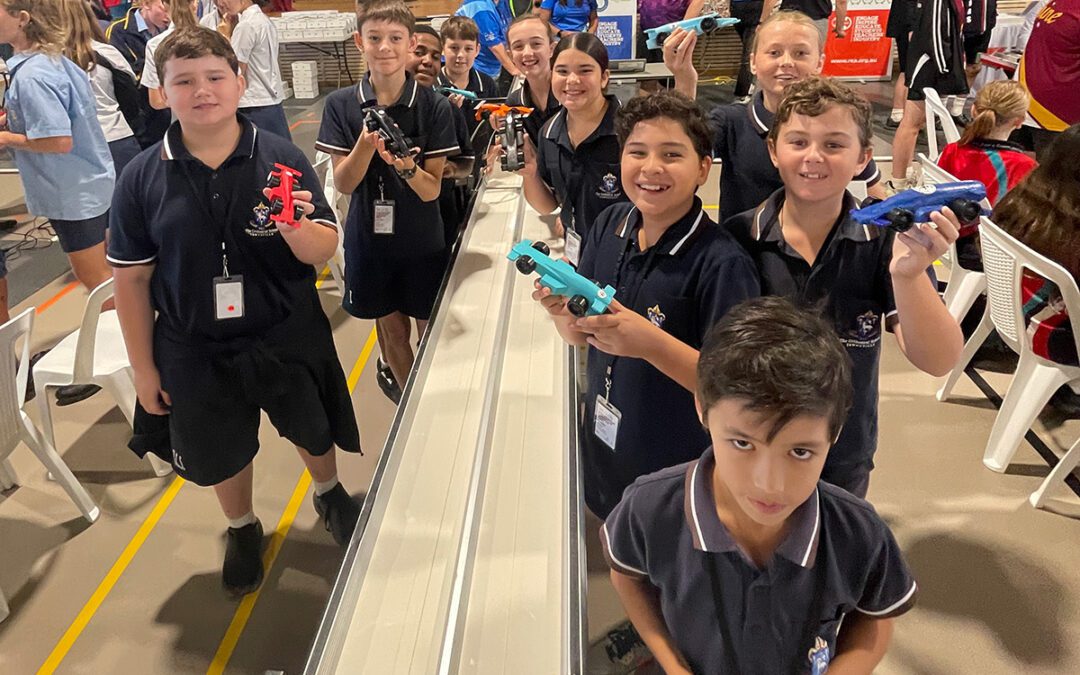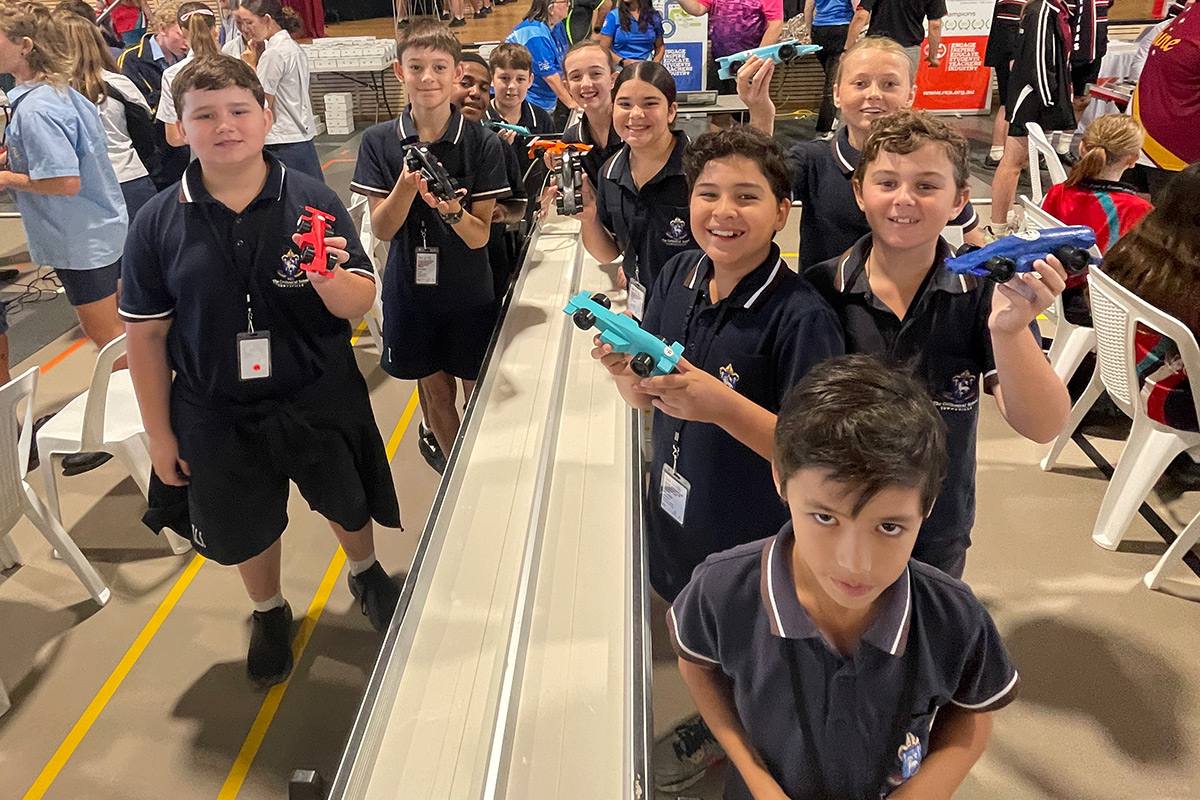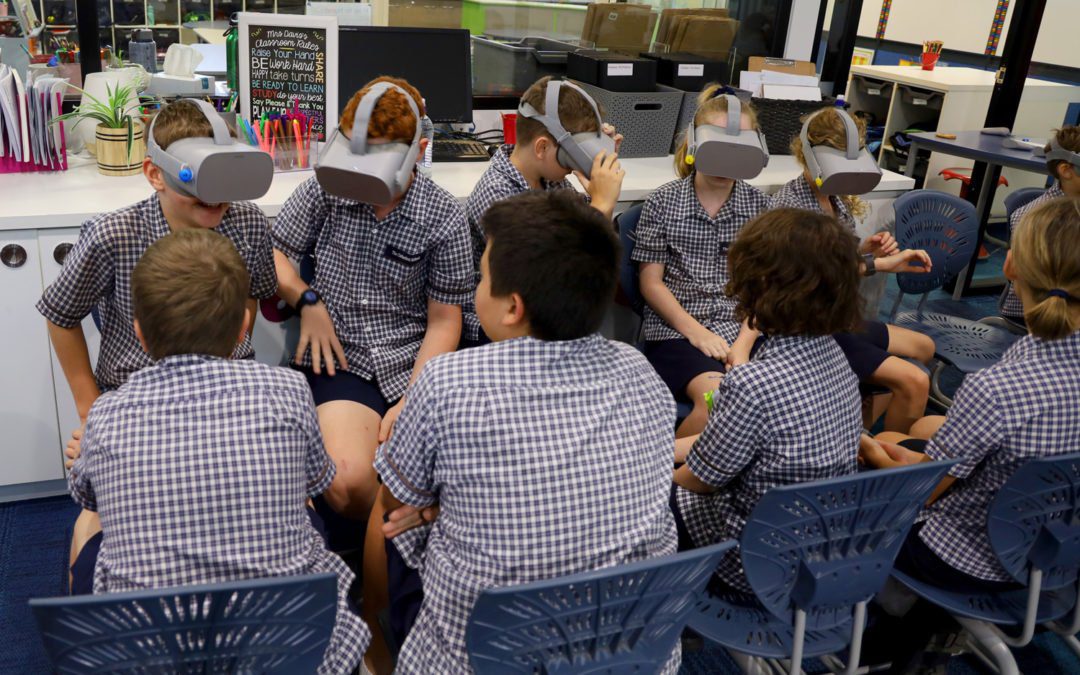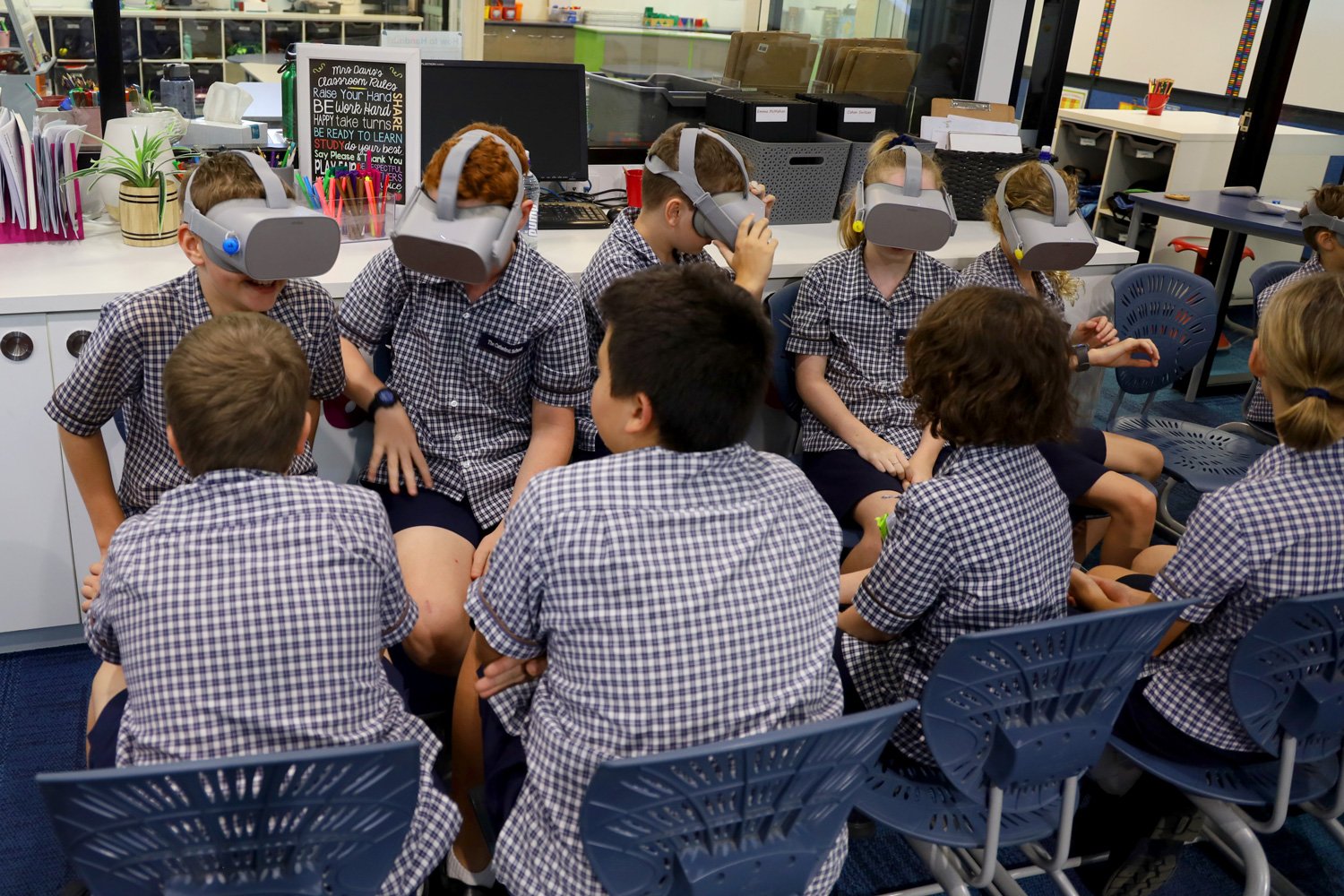
F1 In Schools
F1 in Schools Recap: TCS Explodes onto the Scene!
By Aidan Myles, Junior School Technologies Teacher

What a day it was at the F1 in Schools competition! The Cathedral School made a powerful entrance and left a lasting impression, securing a series of impressive results that sped us straight into the winner’s circle. As the only primary school to enter the Primary School Division, TCS naturally took home the title of Primary School Champions. Our team showed that when it comes to commitment and skill, we’re driven to succeed.
The standout of the day was William Finter, who rocketed to first place in the Primary Cadet Class competition. William secured victory over a range of tests, including his track performance, poster presentation, judges interview, and finally his car design in connection to competition regulations.
John Scanlan also demonstrated exceptional prowess in the knockout reaction challenge, finishing 4th out of 110 Cadet Class teams that included students from Year 5 to Year 12. His explosive reaction times demonstrate why Kirwan SHS is already looking forward to seeing him return next year.
Alex Johnson and William Finter continued to showcase their skills by qualifying in the top 8 out of all Cadet Class teams. Mark Peachey, the event host made special mention of how impressive it was to see three Primary School students qualify to the top 8. Our team of ten students performed outstandingly throughout the day. Judges, teachers, and parents alike remarked on their enthusiasm and knowledge about their cars and the meticulous design process that powered them to such high speeds.
To cap off an already incredible day, you might have caught a glimpse of us on Channel 7 news. AND, we have two unannounced wild card entries into the State Finals! William’s car qualifies automatically, but we will have two more entries to come.
Congratulations to all the Cathedral participants! You’ve not only exploded onto the scene but also set a high bar for future competitions.
Keep racing ahead, champions!
To find out more about F1 in Schools visit: https://www.f1inschools.com/



